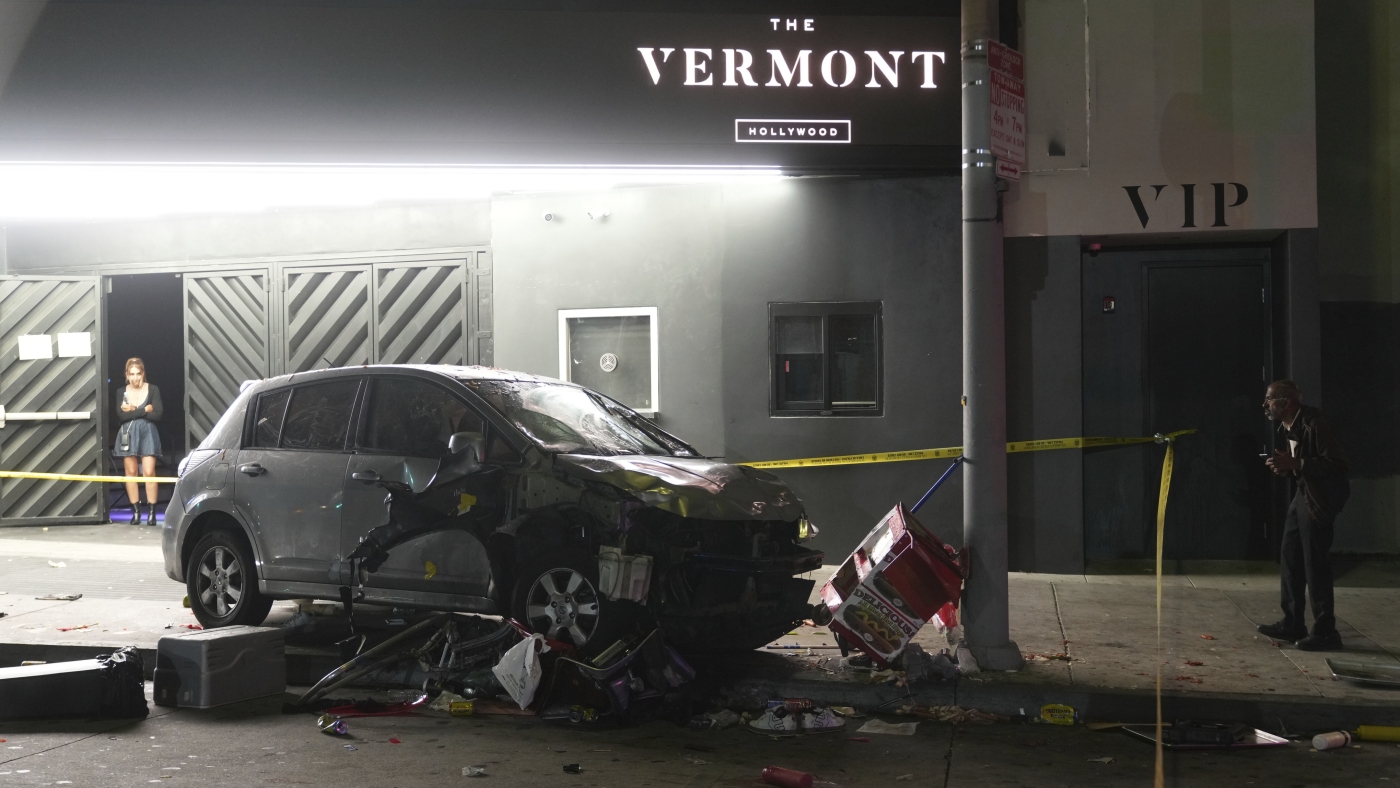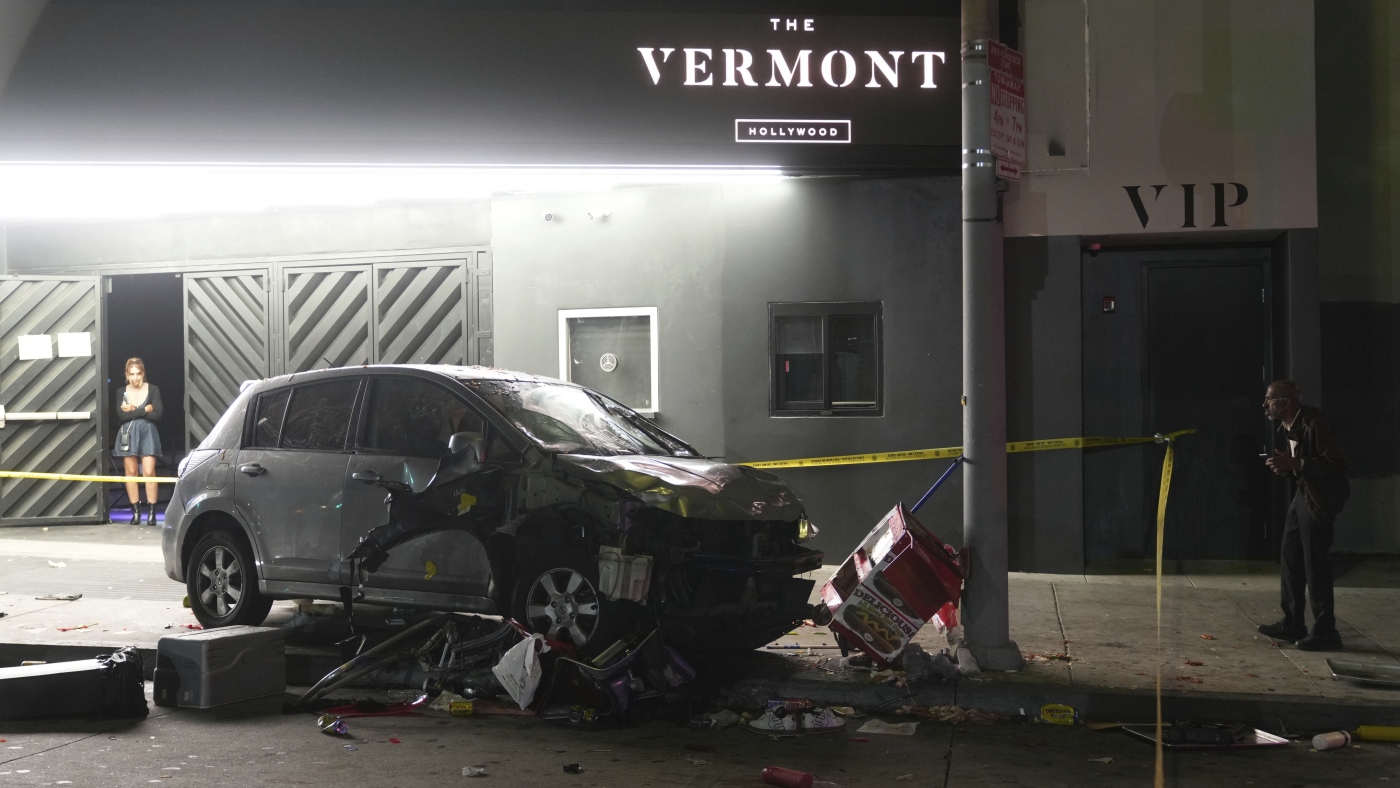Analysis of the Vehicle Incident in Los Angeles
Introduction: A Tragedy Unfolds
The recent vehicle incident on Santa Monica Boulevard in East Hollywood, Los Angeles, has left the community reeling. With at least 30 people injured and several in critical condition, the event has sparked urgent questions about public safety, emergency response, and the underlying causes of such tragedies. This report delves into the details of the incident, explores potential scenarios, and examines the broader implications for community safety and policy.
The Incident: A Night of Chaos
The Scene
The incident occurred early Saturday morning near a nightclub on Santa Monica Boulevard, a bustling area known for its vibrant nightlife. The crowd, gathered outside the venue, was struck by a silver vehicle, causing widespread injuries. The concentration of people in a confined space amplified the impact, raising concerns about crowd management and pedestrian safety in high-traffic areas.
The Vehicle
Initial reports describe the vehicle as a silver car with a broken taillight. This detail, though seemingly minor, could be significant in reconstructing the events leading up to the collision. A broken taillight might indicate pre-existing damage or a mechanical issue, which could have contributed to the driver’s loss of control. Investigators will likely scrutinize this detail to determine whether the vehicle malfunctioned or if other factors were at play.
Emergency Response and Investigation
Immediate Actions
The Los Angeles Fire Department (LAFD) responded swiftly, providing critical medical assistance and transporting victims to nearby hospitals. Capt. Adam Van Gerpen, the LAFD’s public information officer, has been a key source of updates, confirming the number of injuries and their severity. The Los Angeles Police Department (LAPD) is leading the investigation, focusing on identifying the driver, determining the cause of the incident, and assessing potential criminal charges.
Unanswered Questions
Several critical questions remain unanswered:
– Intent: Was the incident deliberate, or was it an accident?
– Driver’s Condition: Reports suggest the driver lost consciousness, but the cause remains unclear. Was it a medical emergency, impaired driving, or something else?
– The Shooting: Some accounts mention the driver being shot after the incident. Who fired the shot, and why?
These questions highlight the complexity of the situation and the need for a thorough investigation.
Potential Scenarios
Accident
The driver may have experienced a sudden mechanical failure, such as brake failure or steering loss, leading to the collision. Alternatively, a medical emergency, such as a seizure or heart attack, could have caused the driver to lose control.
Impaired Driving
Impairment due to alcohol, drugs, or fatigue could have played a role. Investigators will likely conduct toxicology tests to determine if the driver was under the influence.
Intentional Act
The possibility of a deliberate act cannot be ruled out. The driver may have targeted the crowd, motivated by malice, mental illness, or other factors. The investigation will need to explore the driver’s background and any potential motives.
Broader Implications for Public Safety
Crowd Control and Pedestrian Safety
The incident underscores the need for better crowd control measures, particularly in areas with high pedestrian traffic. Nightclubs and other venues should implement stricter security protocols, including barriers, crowd management strategies, and emergency response plans.
Traffic Safety Regulations
The incident may prompt a review of traffic safety regulations, particularly in areas with heavy nightlife activity. Stricter enforcement of traffic laws, improved road design, and enhanced pedestrian safety measures could help prevent similar incidents in the future.
Mental Health and Community Support
If the incident was intentional, it raises questions about mental health support and early intervention. Communities must prioritize mental health resources and support systems to address potential risks before they escalate.
The Role of Media and Community Response
Responsible Reporting
The media plays a crucial role in shaping public perception. It is essential for news organizations to report the facts accurately, avoid sensationalism, and respect the privacy of victims and their families. Responsible reporting can help prevent misinformation and mitigate panic.
Community Resilience
In the aftermath of such tragedies, communities often demonstrate remarkable resilience. Support networks will emerge to assist victims and their families, offering counseling, financial aid, and emotional support. Community cooperation is vital in healing and moving forward.
Conclusion: Lessons Learned and a Path Forward
The vehicle incident in Los Angeles serves as a stark reminder of the fragility of public safety and the need for vigilance. By examining the causes of this tragedy, communities can implement preventive measures to protect pedestrians, enhance traffic safety, and support those affected. The incident also highlights the importance of responsible media reporting and community cooperation in the face of adversity. Moving forward, a commitment to safety, mental health support, and proactive policy changes can help prevent similar tragedies and build a safer, more resilient community.








